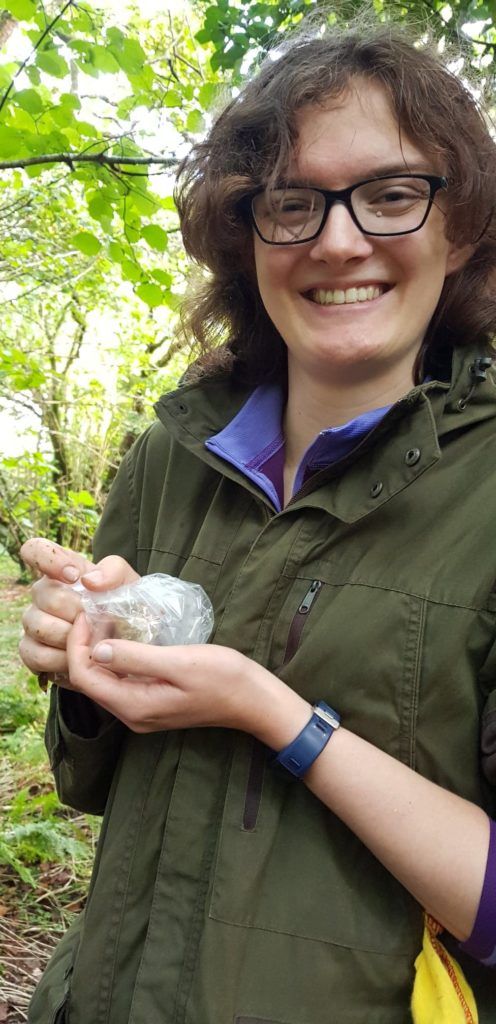Population trends and the NDMP
Hazel dormouse numbers have been declining in England and Wales throughout the last century. As a result of this alarming trend, they’ve been listed as Vulnerable on the British Red List for Mammals. The Red List is a measure of how likely a species is to go extinct. It’s a useful way for conservationists and those trying to protect wildlife to assess how urgent a situation is. Counting individuals is near impossible, but the data collected through the National Dormouse Monitoring Programme (NDMP) means we can look at relative numbers year on year. The Red List assessment was made by analysing the NDMP up to 2014. Worryingly, the data indicated that dormouse populations were very close to being listed as Endangered because the rate of decline was so severe. As part of my PhD at the University of Exeter, my co-authors and I set out to analyse the NDMP data up to 2019 to update this population trend and see whether any changes have occurred, whether the population has stabilised, increased due to successful conservation, or has continued to decline. We used two statistical models which have slightly different methods, and included data from any NDMP site that had been surveyed for more than two years, where dormice had been found during monitoring.
What do the results show?
Alarmingly, our results indicate that dormouse numbers are still declining. The extent of the decline differs slightly between the models: the first shows a 76% decline over the 25-year period from 1994 to 2018, and the second gives a slightly greater estimate of 80% decline over the same period. We’re confident that these trend estimates are not statistically different from one another, nevertheless, this difference is important when we consider the formalities of Red List assessments. For relatively short-lived species, such as dormice, the IUCN criteria for population decline are based on the most recent 10 year period. So, the assessment is based on the trend from 2009 to 2018. Dormice are currently classed as Vulnerable, which reflects a decline over 10 years of 30%. To be classified as Endangered the decline needs to be greater than 50%. Our first model indicates a decline of 47% from 2009 to 2018 suggesting that dormice should formally remain listed as Vulnerable. However, the second model indicates a decline of 52% over the same period, which would mean re-categorizing hazel dormice as Endangered. Despite the fact these models aren’t statistically different, and there’s only a 5% difference between the estimates, this difference could have wide-reaching impacts – so which model do we use?
Formally, our first model is the most statistically correct. However, the IUCN operates a precautionary principle – any evidence that a population is more at risk is prioritised. This suggests we should use the second model, which indicates the greatest decline, and so we should list dormice as Endangered.
The importance of the NDMP and volunteers
Our work also highlights the difficulty in sticking to the rigid thresholds set by the IUCN and other conservation bodies when population declines are hovering between two categories. A few percentage points can make all the difference, which, in turn, can have a big impact on species conservation. Changing the dormouse listing to Endangered could bring more public attention to the chronic decline dormice have experienced in recent years, and perhaps motivate even more conservation efforts and funding to further support the species. The NDMP is a vital tool to help us understand why dormice are declining and hopefully how to reverse the recent declines explained here. This demonstrates how important the work of all the volunteers and NDMP monitoring is to the conservation of dormice.
We are very grateful to all the volunteers that monitor NDMP sites, and to PTES for sharing the data, which has made this work possible.
Written by Ellie Scopes, PhD student at the University of Exeter.


